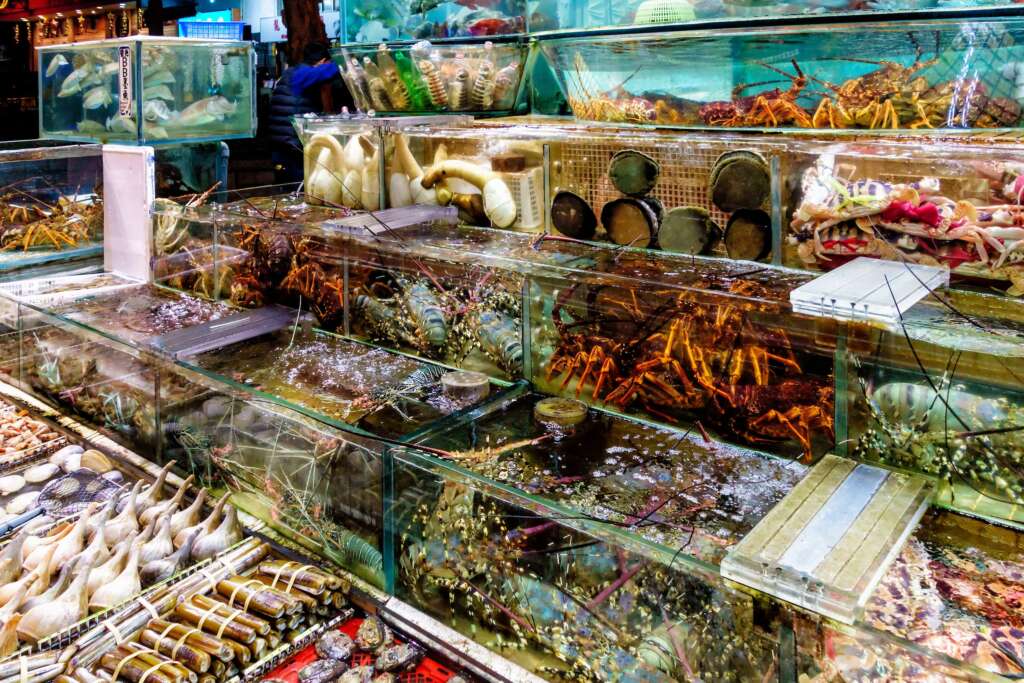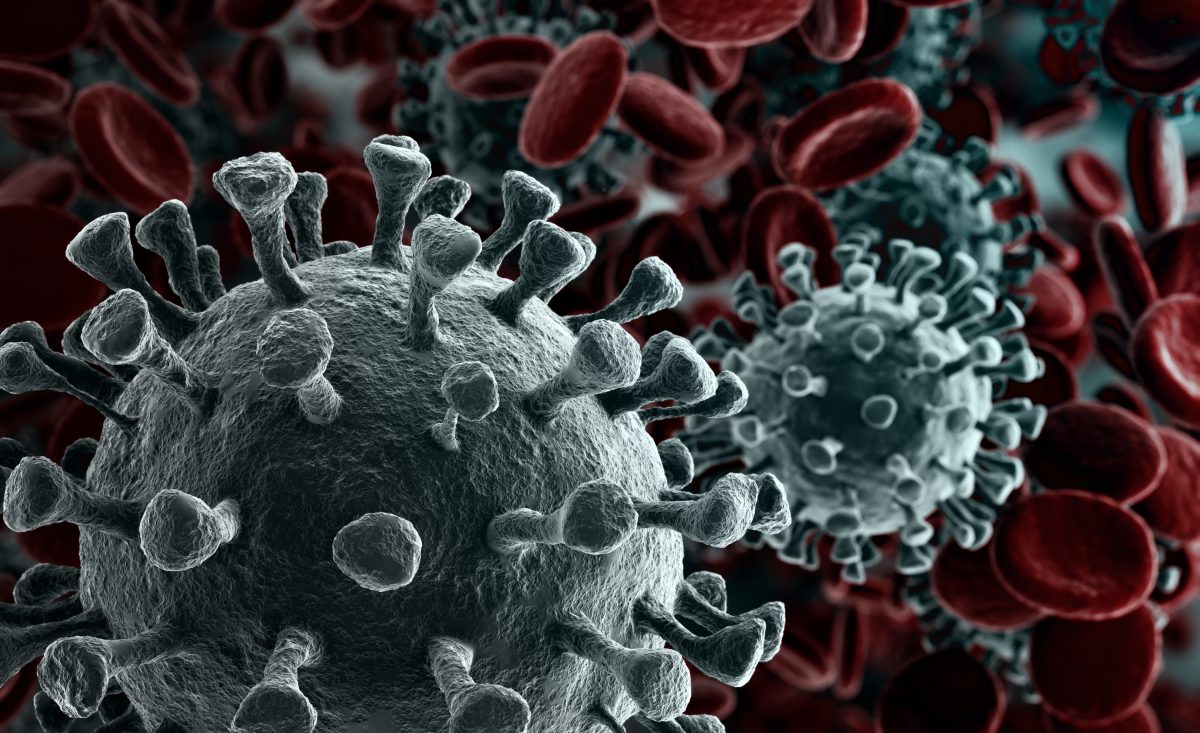This is a good time to mention the flu and COVID, both of which are filling up emergency rooms across the country. The Centers for Disease Control and Prevention anticipates that the avian influenza A (H5N1) virus, or “H5N1 bird flu,” in dairy cows, poultry and other animals will be the chief flu strain in the U.S. this coming winter. September is approximately the month that seasonal vaccines come out, and I encourage everyone who reads my blog who can be vaccinated, do so. There are numerous reasons for this, but I’d like to frame one reason in the context of my experience teaching political science.
One of the many theorists that students are exposed to is Jean-Jacques Rousseau, who wrote extensively on something called the Social Contract. The Social Contract is an unwritten agreement that we have with our government and/or with each other. Rousseau uses allegory to show that together, we can accomplish more than any one of us or group of us acting independently can achieve. In this, he agrees with economist Adam Smith (pineapples vs. potatoes.) In the context of deadly diseases, Rousseau might say that your ability to survive a deadly disease like COVID (or even avoid catching it in the first place) depends on me acting prudently in times of a pandemic and perhaps even before a pandemic is declared. A virus depends on me spreading it to you, else it would not be able to reproduce. If I interpret my personal freedom recklessly and without thought to my neighbor’s welfare by refusing to wear a mask, then the virus wins, and someone may die because of the choice I made. This has nothing to do with politics, conspiracy theories, civil liberties and so on. This is just science and the way viruses and people are made. So, as the flu and the C-19 bugs start spreading even faster than they are presently (around November through February), think of someone you love—your spouse, your child, your grandparent. Then, think of how you might feel losing them because someone in good health was not about to wear a mask for the sake of others in poor health. This is called a zero sum game. One wins but only at the expense of another.
If we cannot understand and practice a simple precaution like this, then we truly have tough times ahead.
The CDC has released guidance for the annual flu vaccine. The same comments above concerning COVID apply to the Flu, since both are transmitted via droplets (sneezes, coughs, and through fomites, i.e. contact with an infected object such as a shopping cart handle, a door knob, and so on.) This is their guidance:
- CDC recommends a yearly flu vaccine as the first and most important action in reducing your risk of flu and its potentially serious outcomes.
- Flu vaccines help to reduce the burden of flu illnesses, hospitalizations and deaths on the health care system each year. (Read more about flu vaccine benefits.)
- Flu vaccination also has been shown to reduce the severity of illness in people who get vaccinated but still get sick.
- For 2024-2025, all flu vaccines will be designed to protect against three influenza viruses (Visit Vaccine Virus Selection for this season’s vaccine composition.)
- Everyone 6 months and older should get an annual flu vaccine, ideally by the end of October but people should continue to get vaccinated as long as flu viruses pose a threat to their community.
- Vaccination of people at higher risk of developing serious flu complications is especially important to decrease their risk of severe flu illness.
- People at higher risk of serious flu complications include young children, pregnant people, people with certain chronic health conditions like asthma, diabetes or heart and lung disease, and people 65 years and older.
- Vaccination also is important for health care workers and other people who live with or care for people at higher risk of serious flu illness to keep from spreading flu to them. This is especially true for people who work in long-term care facilities, which are home to many of the people most vulnerable to flu.
- Children younger than 6 months are at higher risk of serious flu illness but are too young to be vaccinated. People who care for infants should be vaccinated instead.
You can get additional guidance here.
COVID
So, COVID, in particular, is striking close to home at the moment. In the county, more and more people are reporting to the ER feeling unwell. About 1 in 34 Americans currently have COVID whether they are aware of it or not. Most are ambulatory and can manage recovery at home, but some with preexisting diseases such as asthma or perhaps receiving dialysis or chemotherapy are arriving at hospitals by ambulance.
The current, predominant variant (strain) that is infecting Americans coast-to-coast is the KP-3.1.1 variant. It is related to the Omicron variant and accounts for about half of all COVID cases at this moment. This means that this strain has competed for dominance with other weaker variants and has “crowded them out.” The strongest variant (KP 3.1.1) survived. Again, this is pure Darwinism, and not political or fabricated in any way. The CDC recommends that the following groups as a minimum get a COVID booster.:
“If you are ages 65 and older, are at high risk for severe COVID-19, or have never received a COVID-19 vaccine.”
“Everyone ages 6 months and older should get a 2024–2025 COVID-19 vaccine. The COVID-19 vaccine helps protect you from severe disease, hospitalization, and death. Vaccine protection decreases over time, so it is important to stay up to date with your COVID-19 vaccine.”
NEWS REGARDING THE ORIGINS OF COVID
Something that has been political in the past has to do with the origin of the latest Coronavirus of November 2019 which was responsible for the pandemic. The first hypothesis is that it came from the “wet markets” in Wuhan, China. Then another theory replaced it which said that the virus escaped from Chinese Academy of Sciences at the Wuhan Institute of Virology (which appears to involve itself in military research as well.) According to this second theory, a researcher at the lab was accidentially contaminated in a breach of protocol and brought the virus home with him. He or she or an infected acquaintance happened to visit the marketplace and from there it spread to the animals (and then to other people.)
China had never been very forthcoming with the World Health Organization, so the origin of the virus could not be determined with certainty. This is why we need transparency in government. Without this certainty, different people blamed different people and countries for the million plus dead in the U.S. alone, including Chinese President Xi Jinping, researcher Shi Zhengli, Dr. Anthony Fauci and others.
Now, a new peer-reviewed journal article has returned attention to the wet markets as the likely point of origin after all.
WHAT ARE WET MARKETS?
The World Economic Forum defines and describes a Chinese wet market as follows:

“Broadly comparable to European farmers’ markets, they stock everything from fruit and veg to fresh meat, seafood to herbs and spices, all on open-air display. As places to stroll and chat with friends and neighbors, they form an important part of the tapestry of Chinese life – and constitute a safe and affordable source of food.”
“They are called “wet” to differentiate them from markets selling “dry” packaged goods such noodles. It may also to refer to stallholders’ tendency to hose down their produce to keep it cool, and the melting ice used to keep seafood fresh. Many incorporate food halls, as in a western mall. Although some wet markets stock live fish and poultry, many Chinese provinces, along with Hong Kong, have banned the sale of live poultry following avian flu outbreaks in the late 90s.”
“The real targets for health experts’ concern are China’s “wildlife markets”. Numerous infectious diseases, including HIV and Ebola, have their origins in close contact between humans and wild animals, and this looks set to be the case for COVID-19, which scientists have tentatively concluded originated in bats. Viruses spread easily if animals are kept in cramped, dirty conditions like market cages, and can easily spread to handlers or customers through bodily fluids.”
Huanan Seafood Wholesale Market had a section selling wild animals, including badgers, wolf pups, snakes, bamboo rats and porcupines. According to a menu posted on a Chinese equivalent to Yelp, one stall offered around 100 varieties of live animals ranging from foxes to peacocks to masked palm civets. (Civet cats are thought to have been instrumental in transferring Sars from bats to humans in the 2002-3 outbreak.) It therefore wasn’t a wet market in the strictest sense, but a wildlife market.
Some of these animals in cages get stressed and become vulnerable to diseases carried in other animals that they would never ordinarily come in contact with in the wild. One caged species is stacked on top of another caged species and the virus spreads. They contract a virus, and the virus mutates. A consumer in Wuhan purchases the sick animal without realizing it is sick and gets the virus from the animal. If in the U.S., a company will deliberately slaughter sick cows and sell the contaminated beef to retailers as Westland/Hallmark Meats did, can we expect any better behavior from the Chinese?
The findings of the most recently released study are summed up in New Scientist:
“Contrary to some statements made by Chinese investigators, the team found evidence for a variety of wildlife being sold at the market that could have been an intermediate host for the virus, including common raccoon dogs (Nyctereutes procyonoides), masked palm civets (Paguma larvata) and hoary bamboo rats (Rhizomys pruinosus).
Importantly, traces of these animals were found in exactly the same stalls as SARS-CoV-2, says Holmes. “This suggests – but does not prove – that the animals were infected. Hence, it is very likely that SARS-CoV-2 emerged in a live animal market.”
“All the scientific data point one way — to SARS-CoV-2’s natural zoonotic origin in the Huanan market, Wuhan,” says Holmes.
The genetic studies of the virus in the earliest covid-19 cases revealed that few, if any, people were infected prior to the market outbreak, the team reports. However, it couldn’t rule out the possibility that the virus was brought to the market by an infected person handling animals.”
CHALLENGES FOR THE FUTURE
Not much, if anything, has changed over the past five years. Wet markets and wildlife markets still proliferate across Asia with a minimum of sanitary standards. The so called “gain-of-function” enhancements to viruses to make them more lethal continues and the potential for future lab leaks–at least in China–continues as well. Furthermore, there is no reason to believe that the current government in Beijing would be any more cooperative with the World Health Organization in the future if past is prologue. In the meanwhile, we should each do our part, however modest it may be, to keep viruses from killing one in every one hundred and thirty people in our society. As of today, the total of Americans killed by COVID is 1,219 487, which is far too many.



